When people think of scuba diving, images of tropical reefs and turquoise waters often come to mind. But the UK, with its rugged coastline and rich maritime history, offers a diving experience that rivals any destination. Beneath its often chilly waters lies an incredible world of shipwrecks, marine life, and underwater landscapes that are every bit as captivating as their tropical counterparts. Whether you’re a beginner or a seasoned technical diver, the UK has something to offer. Let’s dive into the top 15 reasons why you should go diving in the UK.

Photo by Jonny Gios on Unsplash
1. Unique Marine Life.
The UK’s marine ecosystems host a wealth of marine life large and small. From seals and basking sharks to colorful anemones and cuttlefish, the waters are alive with creatures that are uniquely adapted to cold environments. In the Farne Islands, you’ll find yourself in the company of playful grey seals, which are known for their curiosity and tendency to interact with divers, and thousands of puffins. Cornwall’s waters are a seasonal hotspot for basking sharks, the gentle giants of the sea. Meanwhile, the kelp forests off the west coast of Scotland host vibrant ecosystems teeming with crabs, lobsters, and diverse fish life.
Tip: Visit Cornwall from April to October for the chance to see basking sharks.
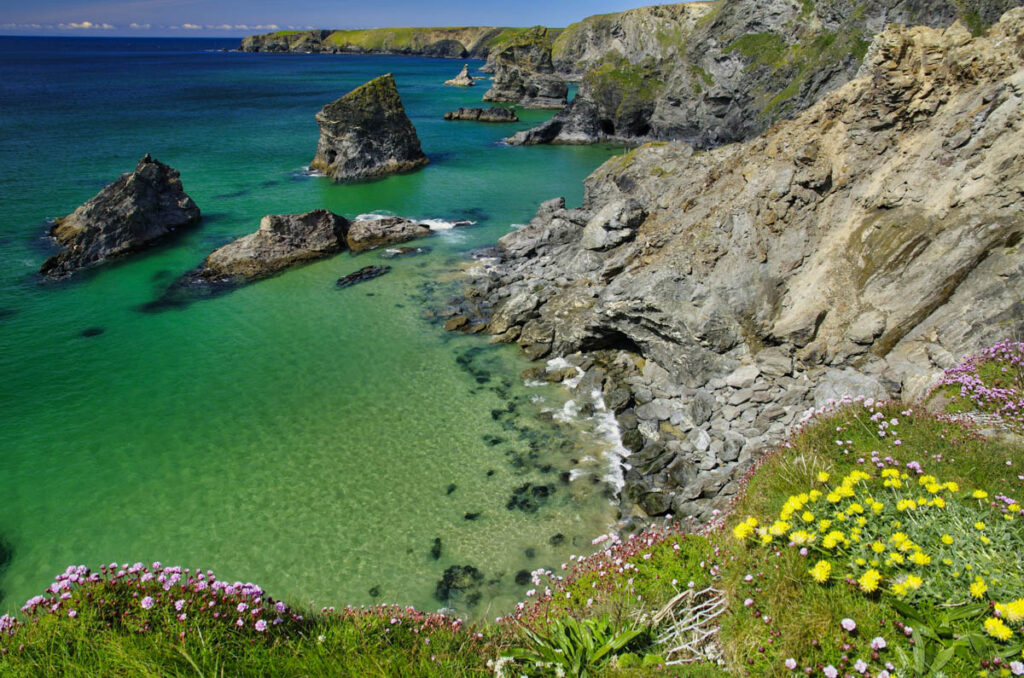
2. WWI Wreck Diving.
The UK’s rich maritime history is reflected in the vast number of shipwrecks scattered along its coastline. Few places can match the historical significance and variety of wrecks available to divers here. Scapa Flow in the Orkney Islands is a world-renowned wreck diving destination, home to the scuttled German High Seas Fleet from World War I. The wrecks here, including battleships like the SMS König, are steeped in history and are a must-see for keen wreck divers. Along the south coast, Plymouth offers a mixture of wrecks like the ever-popular James Eagan Layne and HMS Scylla.
Tip: Plan your trip for late summer or early autumn for the warmest waters.
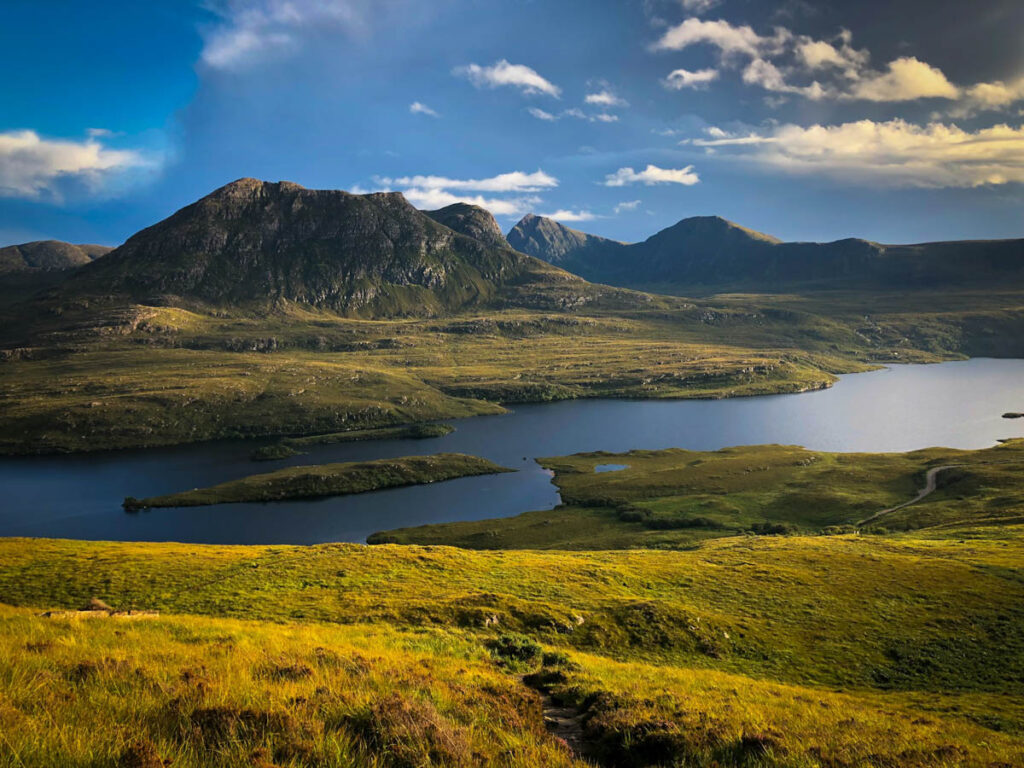
Photo by Murilo Gomes on Unsplash
3. Scotland’s Whisky and Wilderness.
Scotland offers not only incredible diving but also stunning landscapes and world-famous whisky distilleries. Finish off your wreck diving trip to Scapa Flow with a whisky tour in Speyside, or hike through the Scottish Highlands to soak in the rugged beauty of this incredible country.
Tip: Visit during the autumn for spectacular foliage and fewer tourists.
4. Submerged Prehistoric Settlements.
For history enthusiasts, the UK’s waters hold more than shipwrecks—they also conceal evidence of ancient human activity. One standout site is Loch Tay in Scotland, where you can explore the remains of crannogs. These Iron Age wooden structures were built on stilts over the water and offer a fascinating glimpse into prehistoric life. Diving here feels like stepping back in time, with guided dives providing context about these ancient dwellings and the people who built them.
Local dive centers can provide information on necessary permits and guided dives. It’s important to note that diving in areas with archaeological significance may require special permissions to ensure the preservation of these historical sites.
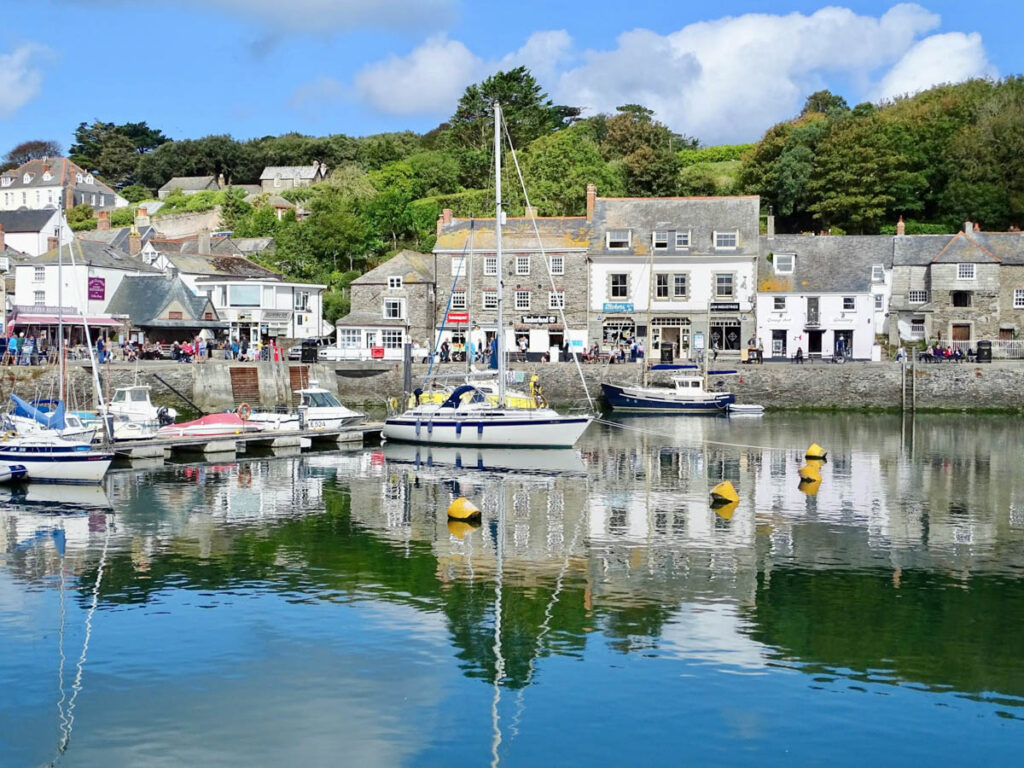
5. Diverse Dive Sites.
The UK offers a variety of underwater landscapes that cater to all types of divers. In Scotland, St Abbs is a marine reserve known for its stunning underwater cliffs and walls covered in soft corals and sea anemones. Chesil Cove in Dorset, on the other hand, provides easy access to beautiful kelp forests, shallow reefs, and wreckage from vessels that were beached during storms. For drift diving fans, the Pembrokeshire coast in Wales offers exhilarating dives through fast-moving waters, where you can glide past rocky outcrops and shoals of fish.
Tip: Dive Chesil Cove before high tide, so you’ll have an easier exit onto the beach when the sea is high.
6. Rich History and Archaeology.
The UK’s underwater world is a living museum, where divers can explore sites that reflect the nation’s long and complex history. The Goodwin Sands off Kent is a shipwreck graveyard, holding around 2,000 vessels that sank over centuries of maritime trade and conflict. Portland Harbour in Dorset features WWII wrecks alongside remnants of older trade routes.
Tip: Dive with a local Divemaster to gain deeper insights into the stories behind these sites.
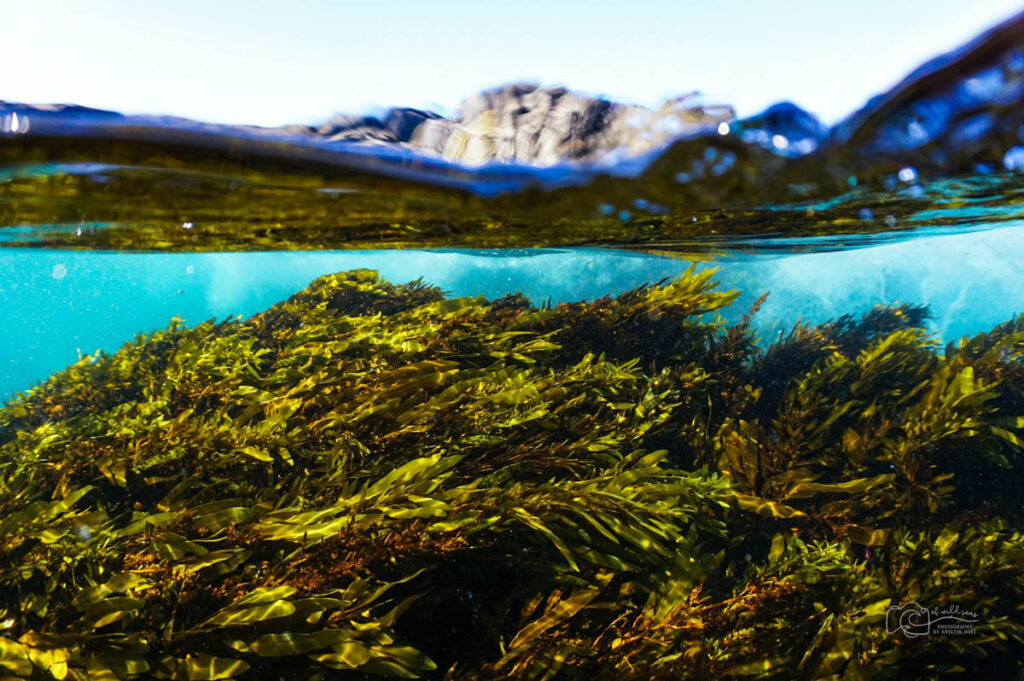
7. Cold-Water Diving Challenges.
The cold waters of the UK might seem intimidating, but they provide an excellent training ground for divers looking to sharpen their skills. Diving in these conditions teaches you how to manage thermal protection, buoyancy in a drysuit, and underwater navigation in low visibility. Mastering these skills in the UK prepares you for diving in challenging environments worldwide, from Arctic expeditions to the wild Galapagos and Socorro Islands.
Tip: Take a drysuit diving course to ensure you’re well-prepared and comfortable in the colder waters.
8. Spectacular Scenery.
One of the joys of diving in the UK is the stunning scenery that surrounds many dive sites. The Pembrokeshire coast in Wales is a prime example, with dramatic cliffs and secluded bays providing breathtaking views. Cornwall’s coastline, with its turquoise waters and white sandy beaches, looks almost Mediterranean on a sunny day. Scotland’s rugged landscapes, including the majestic Isle of Skye and surrounding islands, offer a perfect backdrop to your diving adventures.
Tip: Combine your dive trip with a coastal hike or boat tour to fully appreciate the beauty of these areas.
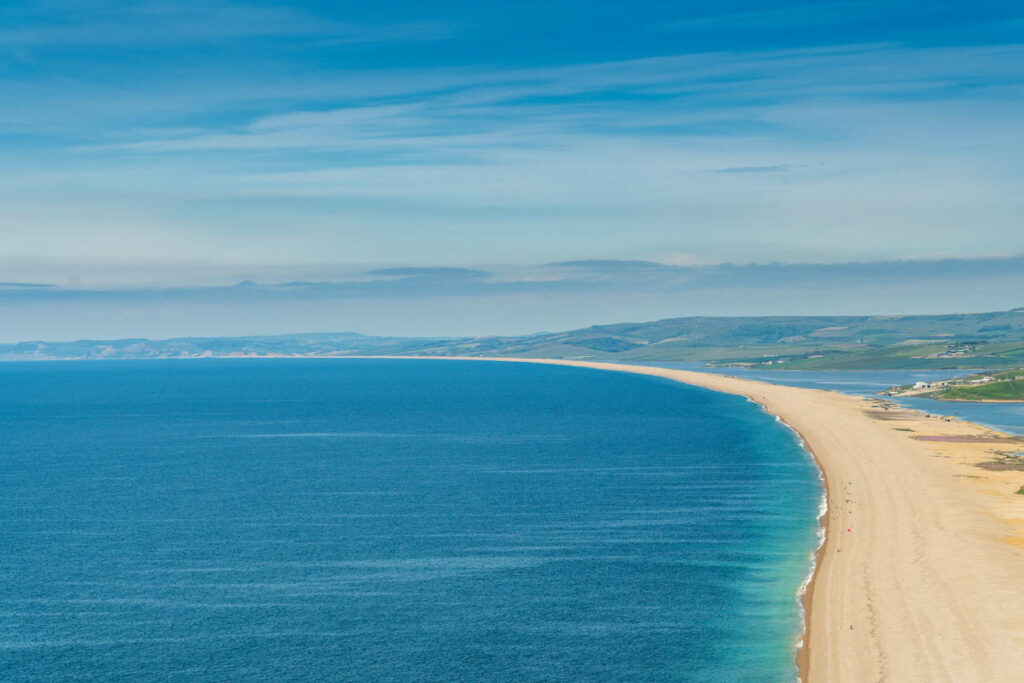
Photo by Nick Fewings on Unsplash
9. Accessible Shore Diving.
Many of the UK’s best dive sites can be reached directly from the shore, making them budget-friendly and convenient. Swanage Pier in Dorset is a beginner-friendly site with plenty of marine life to see in shallow waters. Porthkerris in Cornwall has one of the best shore dives in the UK, with consistently calm conditions and reefs teeming with life.
Tip: Go diving in Porthkerris during spring or summer to spot numerous juvenile cuttlefish.
10. Cornwall’s Coastal Beauty.
Cornwall is a diving hotspot and a destination for non-diving adventures. Take a stroll along the South West Coast Path, explore the charming fishing villages, or visit iconic landmarks like Land’s End. On non-diving days, you can try kayaking, paddleboarding, surfing at world-class surf spots, or indulge in Cornwall’s foodie delights.
Tip: Don’t miss the Eden Project, an incredible biodome showcasing diverse ecosystems from around the world.
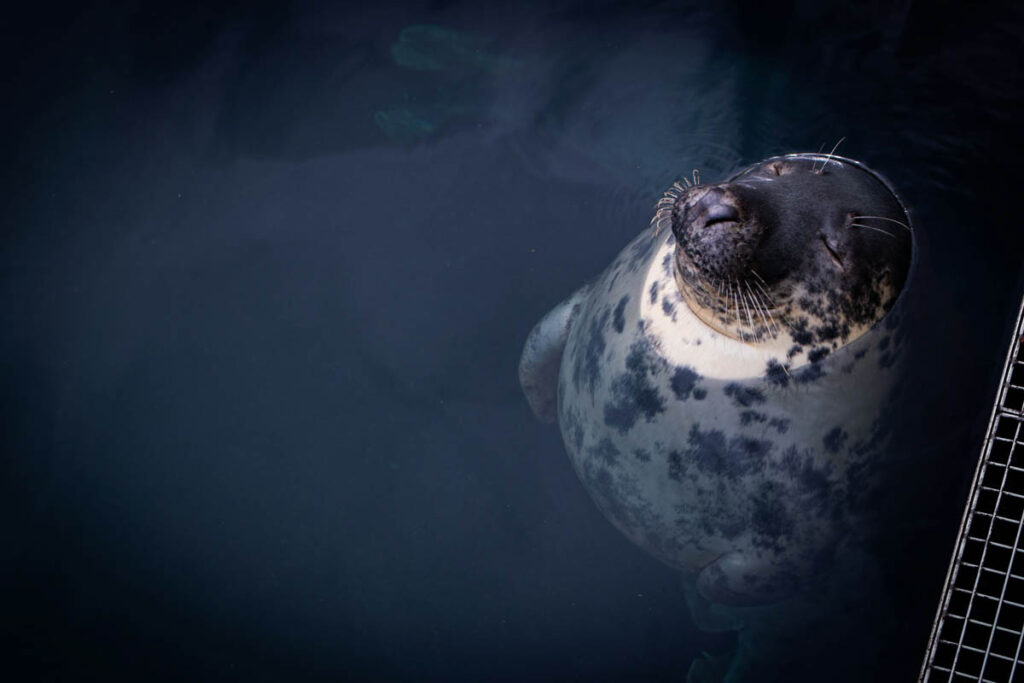
11. Diving with Seals.
Swimming with grey seals is one of the most magical experiences a diver can have, and the UK is one of the best places in the world to do it. In the Farne Islands, colonies of seals gather around rocky outcrops, often approaching divers out of curiosity. Lundy Island in Devon is another fantastic location for seal diving, where encounters with these playful creatures are almost guaranteed.
Tip: Visit Lundy from May to September to dive with seals. August to late November is the best season for seal encounters at the Farne Islands.
12. Year-Round Diving Opportunities.
While the summer months are the most popular for diving, the UK offers opportunities to dive year-round. Winter diving, in particular, has its advantages, with fewer crowds and often clearer visibility. Inland quarries like Capernwray provide sheltered conditions for divers who want to stay active during the colder months.
Tip: Dress appropriately for the season and choose a dive site with a cozy café nearby to warm up afterward. A drysuit is essential for winter dives, while thicker wetsuits are suitable for summer.
13. Welcoming Community and Dive Culture.
The UK has a thriving diving community supported by organizations like Scuba Schools International (SSI). They offer training, events, and dive trips, creating a welcoming environment for divers of all levels. Whether you’re looking to join a dive club or find a buddy for a shore dive, you’ll find plenty of support.
Tip: Joining a local dive club is a great way to meet like-minded individuals and discover new dive sites.

14. Adventurous Diving.
Diving in the UK feels like true exploration. The unpredictable weather, strong tides, and varied underwater landscapes mean no two dives are ever the same! Even familiar sites can reveal new surprises, from an unexpected marine visitor to a forgotten artifact uncovered by shifting sands.
Tip: Be prepared for changing conditions by checking local weather and tide forecasts before heading out.
15. Charming Villages and Castles.
The UK’s rich history extends above the water, with many dive sites located near picturesque villages and historic castles. After a day of diving in Northumberland, visit Bamburgh Castle or wander the cobblestone streets of Alnwick. The quaint Cotswold villages are perfect for divers exploring inland sites.
Tip: Enjoy a traditional English pub meal in one of these villages for a taste of local culture.
Experience Level Needed for Diving in the UK.
Diving in the UK is suitable for a range of experience levels, but the cold-water conditions and variable visibility often make it more suitable for experienced divers.
Sites like Swanage Pier or Chesil Cove are ideal if you’ve just earned your diving license. These locations offer shallow depths, relatively calm waters, and easy access from shore, making them great for those new to diving.
Many wrecks, reefs, and kelp forests around the UK, such as Anglesey and the Farne Islands, are perfect for divers with Advanced Open Water certification who are comfortable navigating currents and slightly deeper waters.
Sites like Scapa Flow in Scotland require advanced navigation skills and experience with challenging conditions. The UK also offers opportunities for deep technical diving.
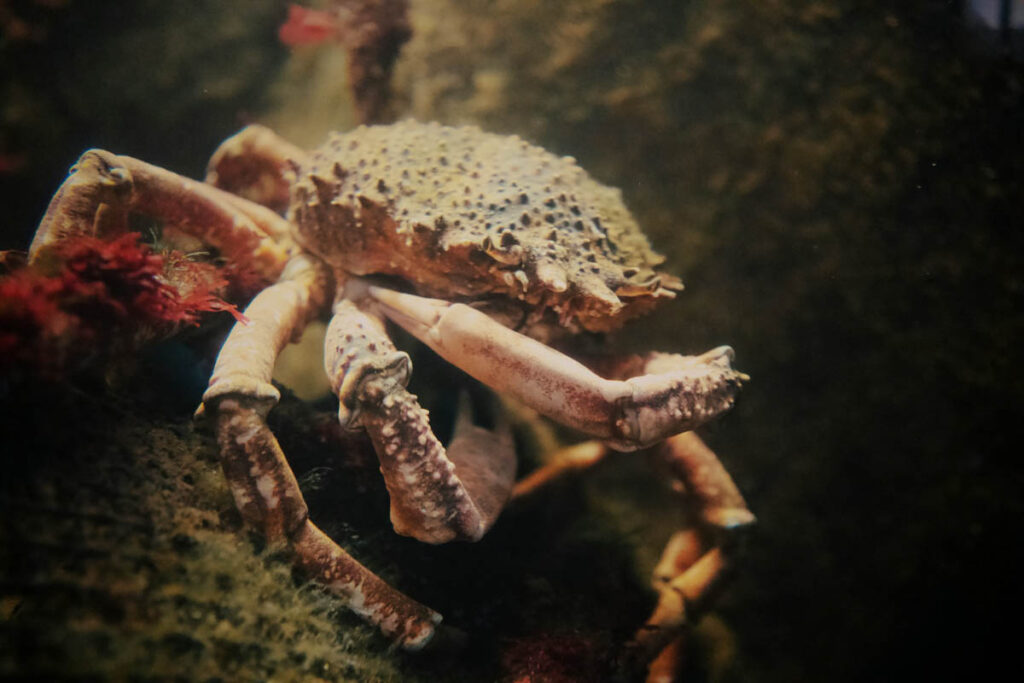
When is The Best Time to Dive in the UK?
In general, summer and autumn are the best times to dive in the UK because of the warmer water, calmer conditions, and extended daylight.
What Are The Dive Conditions Like?
The UK has variable dive conditions, so preparing for colder water, changing tides, and potential waves is essential. The water temperature in summer is 12-16°C (54-61°F), depending on the region, and drops to 6-10°C (43-50°F) in winter.
Visibility typically ranges from 5-10 meters (16-33 feet) in coastal areas but can reach up to 20 meters (66 feet), particularly in Scotland and sheltered bays. Winter diving often offers improved visibility due to less plankton.
Tides can be strong in many areas – checking tide tables and planning dives accordingly is essential. There are sheltered shore dives, but many coastal UK dive sites have waves and swell. It’s a good idea to get some shore diving practice under your belt and complete a Waves, Tides, and Currents dive specialty if you plan on shore diving in the UK.







